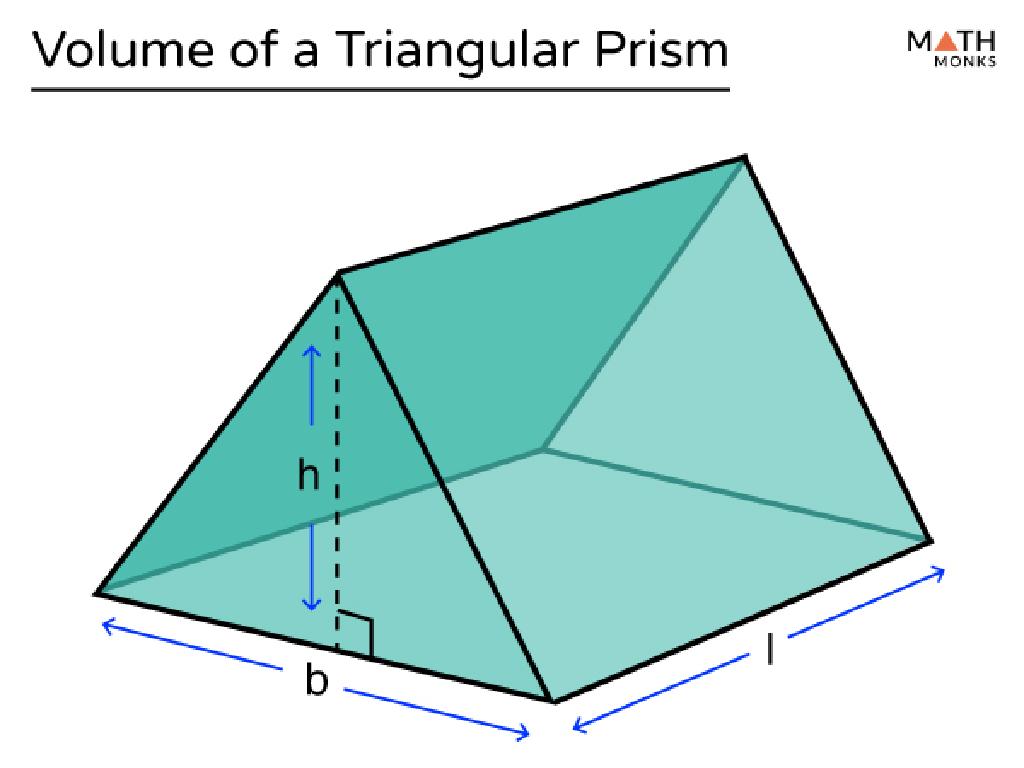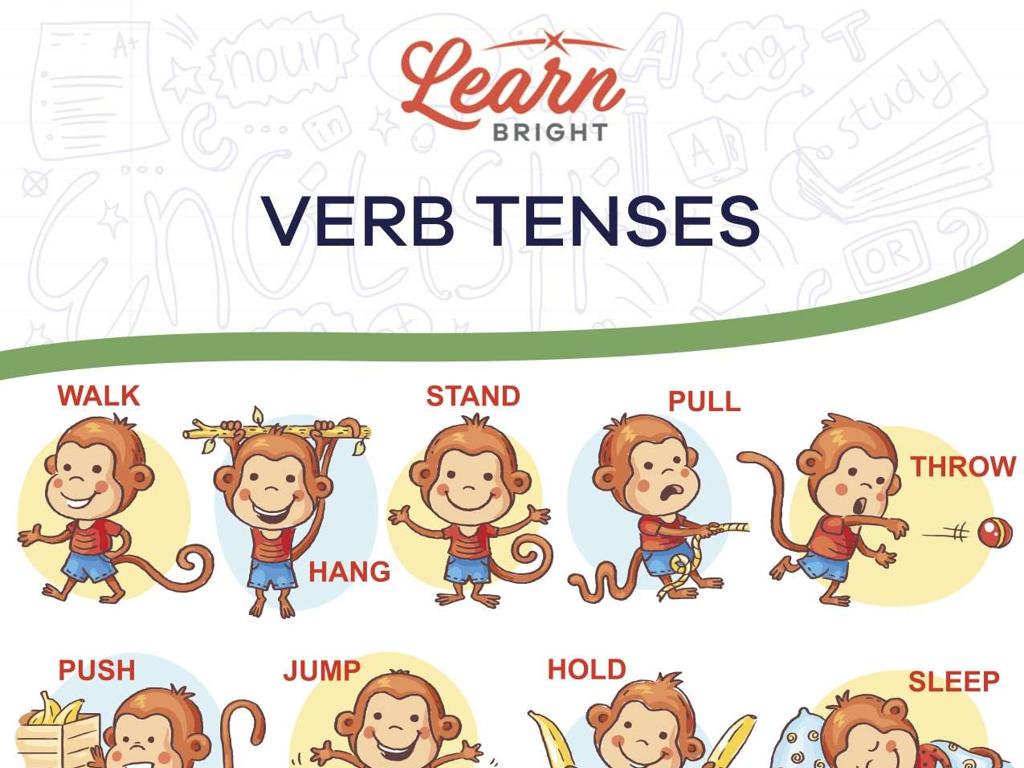Compare Percents To Fractions And Decimals
Subject: Math
Grade: Eighth grade
Topic: Percents
Please LOG IN to download the presentation. Access is available to registered users only.
View More Content
Understanding Percents
– What are percents?
– A percent represents a part out of 100
– Percents vs. fractions and decimals
– Similarities and differences in representation
– Converting between forms
– Use division or multiplication to convert
– Percents in the real world
– Examples: sales tax, discounts, statistics
|
This slide introduces students to the concept of percents and their connection to fractions and decimals. Begin by explaining that a percent is a ratio that compares a number to 100. Show how percents, fractions, and decimals are different ways to represent the same value and teach the methods of converting between them. Emphasize the importance of percents in everyday life by discussing real-world applications such as calculating discounts during shopping, understanding sales tax, and interpreting statistical data. Encourage students to think of additional examples where they encounter percents daily. Provide practice problems for converting between percents, fractions, and decimals to solidify their understanding.
Comparing Percents, Fractions, and Decimals
– Fraction: part of a whole
– E.g., 1/2 of a pizza means half
– Decimal: another form of fractions
– 0.5 is the decimal equivalent of 1/2
– Percent: per hundred
– 50% is the percent form of 1/2
– Converting between them
– Use multiplication or division to convert
|
Begin with a quick review of fractions and decimals to ensure students recall these concepts. A fraction represents a part of a whole, divided into equal parts. Decimals are another way to express fractions, specifically as parts of ten. Percent, derived from the Latin ‘per centum’, means per hundred and is another method to express fractions. Emphasize the relationships between these forms and demonstrate how to convert from one to another, such as turning a fraction into a decimal by division, and then into a percent by multiplying by 100. Provide examples and practice problems to solidify understanding.
Converting Percents to Fractions
– Convert percent to fraction
– Place the percent over 100 and reduce, e.g., 50% becomes 50/100 which simplifies to 1/2
– Simplify the fraction
– Divide numerator & denominator by the greatest common divisor
– Example: 75% as a fraction
– 75% equals 75/100, which simplifies to 3/4 after dividing by 25
|
This slide focuses on the process of converting percents to fractions, which is a fundamental skill in understanding the relationship between these two representations of numbers. Start by explaining that any percent can be converted to a fraction by placing it over 100. Then, emphasize the importance of simplifying fractions to their lowest terms for easier understanding and use in calculations. Use the example of converting 75% to a fraction to illustrate the process. Show that 75% is the same as 75/100, and then simplify by dividing both the numerator and denominator by the greatest common divisor, which is 25 in this case, resulting in 3/4. Encourage students to practice with different percents to become comfortable with the conversion process.
Converting Percents to Decimals
– Understand the decimal system
– Decimal system is based on powers of 10
– Steps to convert percent to decimal
– Divide the percent by 100 to get a decimal
– Example: Convert 60% to decimal
– 60% divided by 100 equals 0.60
– Practice with different percents
|
This slide aims to explain the process of converting percents to decimals, which is a fundamental skill in understanding the relationship between these two representations of numbers. Begin by discussing the decimal system, which is a base-10 system and forms the foundation for this conversion. Then, outline the steps to convert a percent to a decimal, emphasizing the division by 100. Use 60% as a clear example, showing that dividing by 100 simply moves the decimal point two places to the left. Encourage students to practice with various percents to solidify their understanding. Provide additional examples and common pitfalls to avoid, such as forgetting to move the decimal point.
Converting Fractions and Decimals to Percents
– Convert fractions to percents
– Multiply the fraction by 100 and add a percent sign
– Steps to convert decimals to percents
– Multiply the decimal by 100 and add a percent sign
– Example: 1/4 to a percent
– 1/4 equals 25% (1 divided by 4 times 100)
– Example: 0.25 to a percent
– 0.25 equals 25% (0.25 times 100)
|
This slide aims to teach students the process of converting fractions and decimals into percents, which is a fundamental skill in understanding and comparing different forms of numerical expressions. Start by explaining that ‘percent’ means ‘per hundred,’ which is why multiplying by 100 is involved in both conversions. Use the examples of 1/4 and 0.25 to show the similarity in their percent form, reinforcing the concept that different representations can yield the same value. Encourage students to practice with additional examples and ensure they understand the mechanics of the conversion process.
Comparing and Ordering: Percents, Fractions, and Decimals
– Convert to compare numbers
– Convert all numbers to decimals for easy comparison
– Order numbers least to greatest
– Line up decimals to determine size
– Class activity: Rank numbers
Arrange the given set of mixed numbers in ascending order
– Discuss ordering strategies
– Share tips like converting to a common format
|
This slide introduces the concept of comparing and ordering different numerical forms. Start by explaining the importance of converting fractions, decimals, and percents to a common format (preferably decimals) for easy comparison. Demonstrate how to line up decimal points to compare sizes and order numbers. For the class activity, provide a mixed set of numbers for students to rank from least to greatest. Encourage students to discuss their strategies and reasoning. This will help them understand the relative values of percents, fractions, and decimals. Possible activities include ranking their own sets of numbers, peer-teaching, or using real-life examples like discounts or statistics.
Percent Conversion Challenge
– Understand percent conversion
– Work in pairs on problems
– Partner up and tackle a set of conversion exercises
– Share and compare answers
– Present your solutions to the class
– Discuss conversion strategies
– Explore different methods used for conversions
|
This class activity is designed to reinforce the students’ understanding of converting between percents, fractions, and decimals. Students will work in pairs to solve a series of problems that require them to convert percents to fractions and decimals and vice versa. After completing the problems, each pair will share their answers with the class to foster a discussion about the various strategies used. As a teacher, prepare a diverse set of conversion problems of varying difficulty to cater to all skill levels. Encourage collaboration and ensure that each student participates in the problem-solving process. During the discussion, highlight common mistakes and misconceptions, and clarify any doubts. This activity aims to build confidence in percent conversion through practice and peer learning.
Conclusion: Percents, Fractions, and Decimals
– Recap on percents importance
– Understanding percents is crucial for financial literacy and everyday calculations.
– Review conversion methods
– Converting between fractions, decimals, and percents is a key skill in math.
– Engage in Q&A session
– Time to address any uncertainties or confusions about today’s topic.
– Summarize today’s learning
|
As we wrap up today’s lesson, emphasize the importance of percents in various aspects of daily life, including shopping discounts, interest rates, and statistics. Review the methods for converting percents to fractions and decimals, and vice versa, ensuring students are comfortable with the processes. Open the floor for a question and answer session to clarify any doubts and reinforce understanding. Summarize the key points of the lesson, highlighting the interconnectivity between percents, fractions, and decimals, and encourage students to practice these skills in real-life scenarios.






